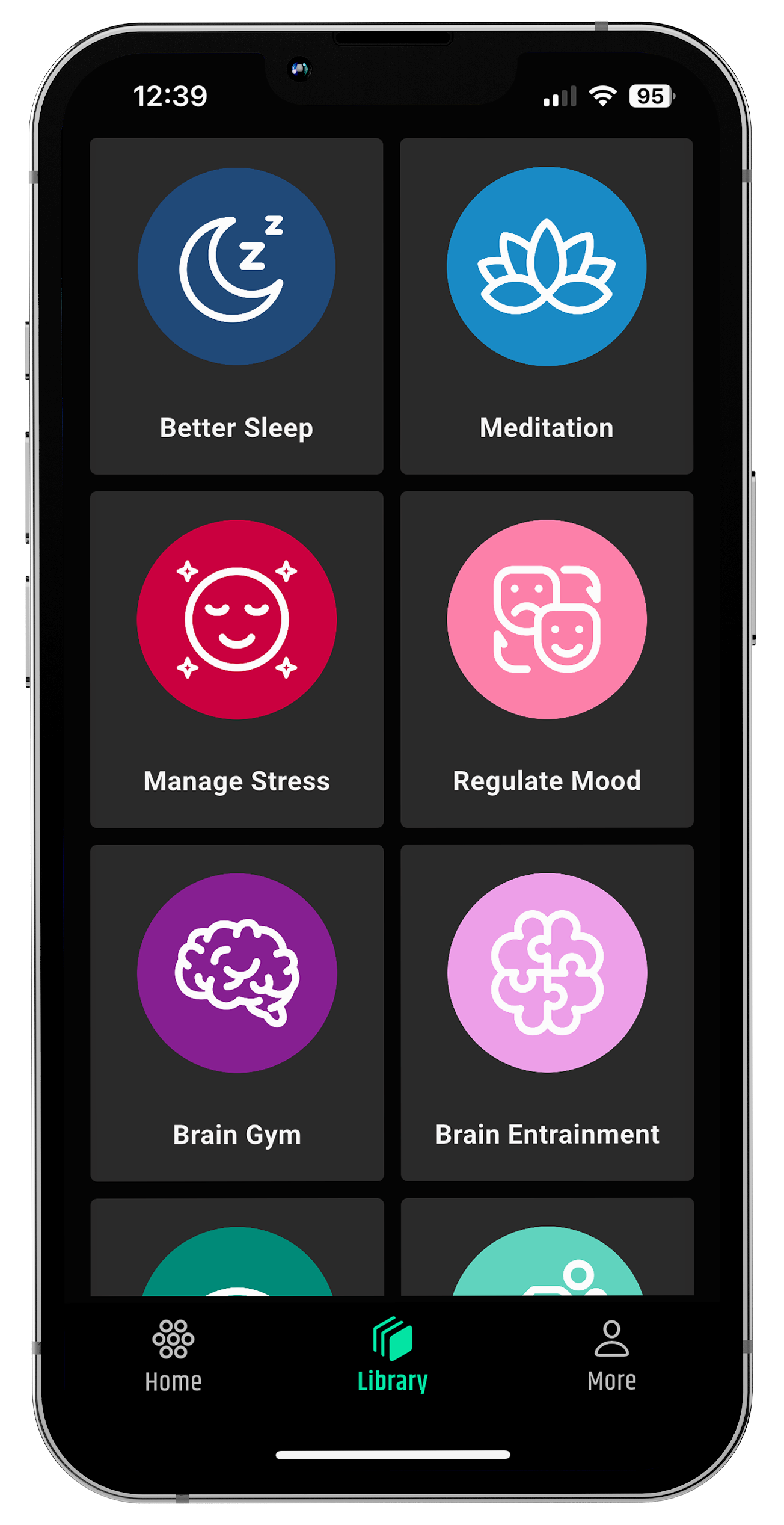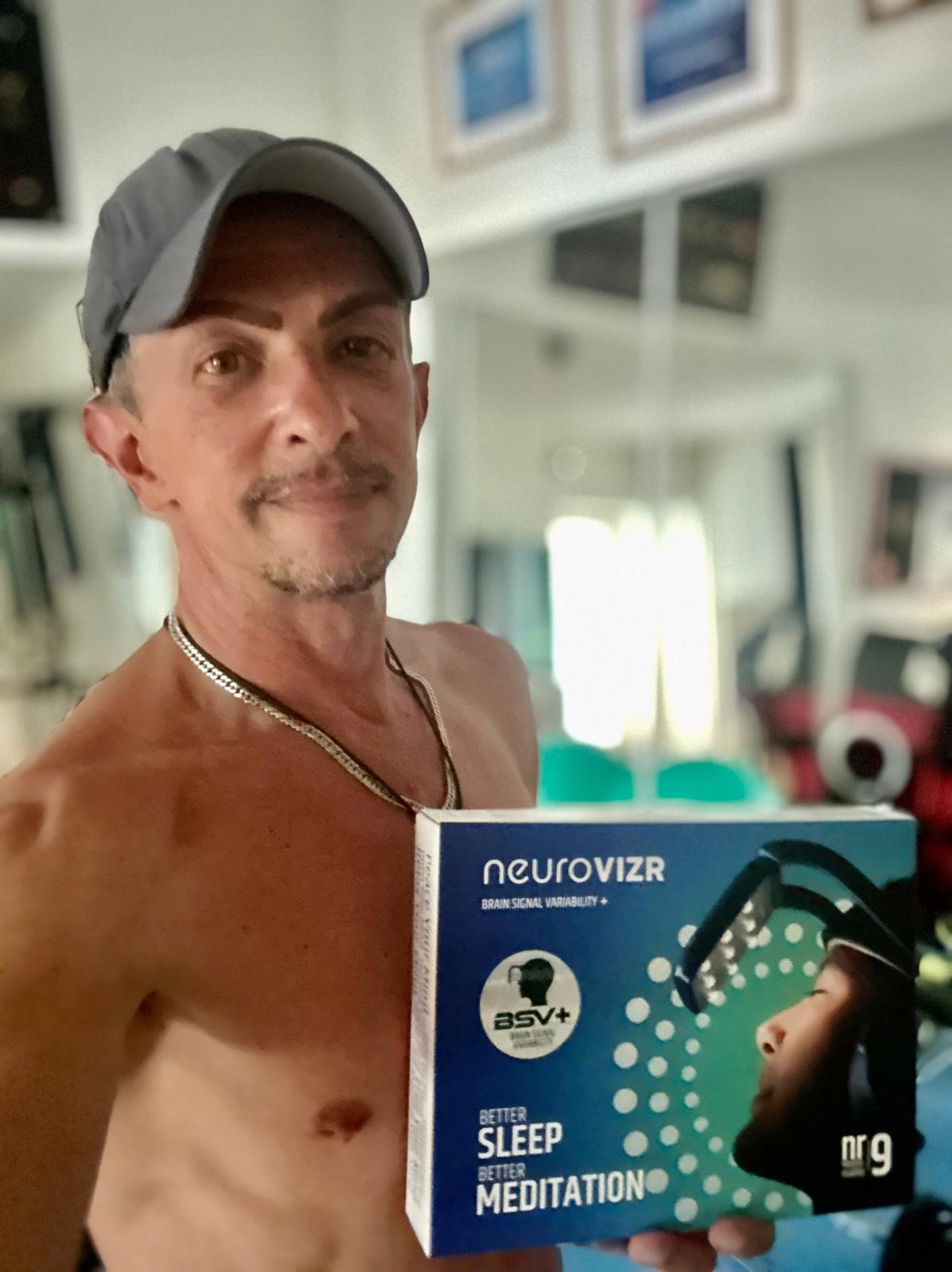Why do some relationships feel like a warm embrace, while others leave us feeling cold and distant? The secret often lies in invisible emotional patterns formed long before adulthood our attachment styles. Understanding these patterns is key to transforming how we connect with others and ourselves. Attachement issues generaly starts just after the honeymoon stage of relationship.
What Is Attachment Theory?
Attachment theory is a psychological model that explains how the bonds formed in early childhood affect how we relate to others as adults.
First developed by John Bowlby and Mary Ainsworth, this theory suggests that the way our primary caregivers respond to our emotional needs creates an internal blueprint for how we expect relationships to work. These early attachments influence our feelings of safety, trust, and emotional connection throughout life.
In simple terms: The way you were cared for as a child influences how you connect with people as an adult.
The Four Attachment Styles
Attachment styles can be broadly categorized into four types: secure, anxious, avoidant, and disorganized. Each style reflects different patterns of relating to others, especially under stress or intimacy.
1. Secure Attachment
People with a secure attachment style usually have caregivers who were consistently responsive and emotionally available. This consistency taught them that it’s safe to rely on others and be vulnerable.
In relationships, securely attached individuals tend to:
-
Trust their partners easily
-
Communicate openly and honestly.
-
Feel comfortable with intimacy.
-
Maintain healthy boundaries
Because of this strong foundation, they often experience balanced and fulfilling relationships.
2. Anxious Attachment
Anxious attachment develops when caregivers are inconsistent sometimes nurturing, other times unavailable or unpredictable. This inconsistency causes a deep fear of abandonment and rejection. If this happens you might be overthinking a relationship.
In relationships, anxious individuals often:
-
Seek constant reassurance
-
Worry about their partner’s feelings or commitmen
-
Exhibit clingy or needy behaviors
-
Experience heightened sensitivity to perceived slights or distance.
While their desire for closeness is genuine, the fear of being left can strain their relationships.
3. Avoidant Attachment
Avoidant attachment arises from caregivers who were emotionally distant or dismissive, leading the child to suppress their need for closeness to avoid rejection or disappointment.
In relationships, avoidant individuals typically:
-
Value independence and self-sufficiency to an extreme
-
Avoid deep emotional conversations or vulnerability.
-
Pull away when things get too intimate.
-
Struggle with expressing feelings.
Though they may appear confident and strong, avoidant people often battle loneliness beneath the surface.
4. Disorganized Attachment
Disorganized attachment usually results from trauma, abuse, or frightening caregiving experiences. This style combines anxious and avoidant behaviors, leaving individuals feeling confused about intimacy and trust.
In relationships, disorganized individuals may:
-
Desire closeness but fear it at the same time
-
Exhibit unpredictable or contradictory behaviors.
-
Struggle to regulate emotion.s
-
Have difficulty forming stable attachments
This style can cause significant relationship challenges, but can also be healed with support and self-awareness.
How Attachment Styles Show Up in Adult Relationships
Our attachment style isn’t just an abstract label it actively shapes how we behave, communicate, and react in our closest relationships.
-
Securely attached people are generally comfortable with intimacy, can handle conflict healthily, and recover quickly from relationship stresses.
-
Anxiously attached individuals may feel jealous, worry excessively, or become overly dependent on their partner.
-
Avoidantly attached people may avoid commitment, shut down emotionally, or keep their partner at arm’s length.
-
Those with disorganized attachment often experience intense relationship chaos, oscillating between clinginess and withdrawal.
Because relationships naturally bring up vulnerabilities and attachment needs, recognizing these patterns is essential to breaking unhealthy cycles.
Why Is Understanding Your Attachment Style Important?
Knowing your attachment style gives you valuable insight into why you might react a certain way in relationships, whether it’s feeling overwhelmed by intimacy or pushing loved ones away. This self-awareness empowers you to:
-
Identify patterns that sabotage your happiness
-
Understand your emotional triggers.
-
Communicate your needs more effectively.
-
Build healthier, more secure connections.
Instead of feeling stuck in reactive behaviors, you can start to create new relationship experiences grounded in trust and emotional safety.
How to Address Attachment Issues and Build Healthier Relationships
Attachment styles aren’t set in stone they can change and grow with intention and effort. Here are some strategies to start healing attachment wounds and cultivating more secure relationships:
1. Cultivate Self-Awareness
Begin by reflecting on your early experiences and how they might be influencing your current relationship patterns. Journaling, meditation, or working with a therapist can help you uncover hidden fears or beliefs about closeness and trust.
2. Practice Open Communication
Being honest with yourself and your partner about your needs and fears fosters understanding. Instead of pushing emotions underground, express them calmly and clearly. This builds emotional safety and reduces misunderstandings.
3. Set Healthy Boundaries
Knowing and communicating your limits is essential to feeling respected and secure. Boundaries help you maintain your individuality while staying connected, which is especially important for those with anxious or avoidant tendencies.
4. Seek Therapy or Support
Professional support can provide a safe space to explore attachment wounds, develop coping strategies, and repair relational patterns. Couples therapy can also be valuable for learning how to meet each other’s needs effectively.
5. Practice Self-Compassion
Healing attachment issues takes time and patience. Be kind to yourself when old patterns surface, and remember that growth is a journey, not a destination.
Moving Toward Secure Attachment
The good news is that anyone can develop a more secure attachment style. Secure attachment is not just a childhood “gift” but a relational skill that can be cultivated throughout life. By understanding your attachment tendencies, working through emotional blocks, and nurturing trust and vulnerability, you can build relationships that feel safe, supportive, and deeply fulfilling.
Final Thoughts
Our attachment styles act like invisible threads weaving through our relationships, connecting us to our past and influencing our present. Recognizing these patterns is the first step toward breaking free from unhealthy cycles and creating the kinds of connections we truly desire.
If you find yourself struggling with fears of abandonment, emotional distance, or unpredictable relationship dynamics, remember: these challenges are common and addressable. With self-awareness, honest communication, and sometimes professional help, you can heal attachment wounds and cultivate relationships that enrich your life.
Disclaimer: neuroVIZR is a wellness device created to promote relaxation, focus, and overall brain wellness. It is not a medical device, does not provide diagnoses, and is not intended to treat, cure, or prevent any medical condition. The device is not suitable for individuals with epilepsy. Experiences and results may vary from person to person.




























Share:
INTJ and INFJ/ENFJ Relationships
What is Situationship and How to Know If You Are in One